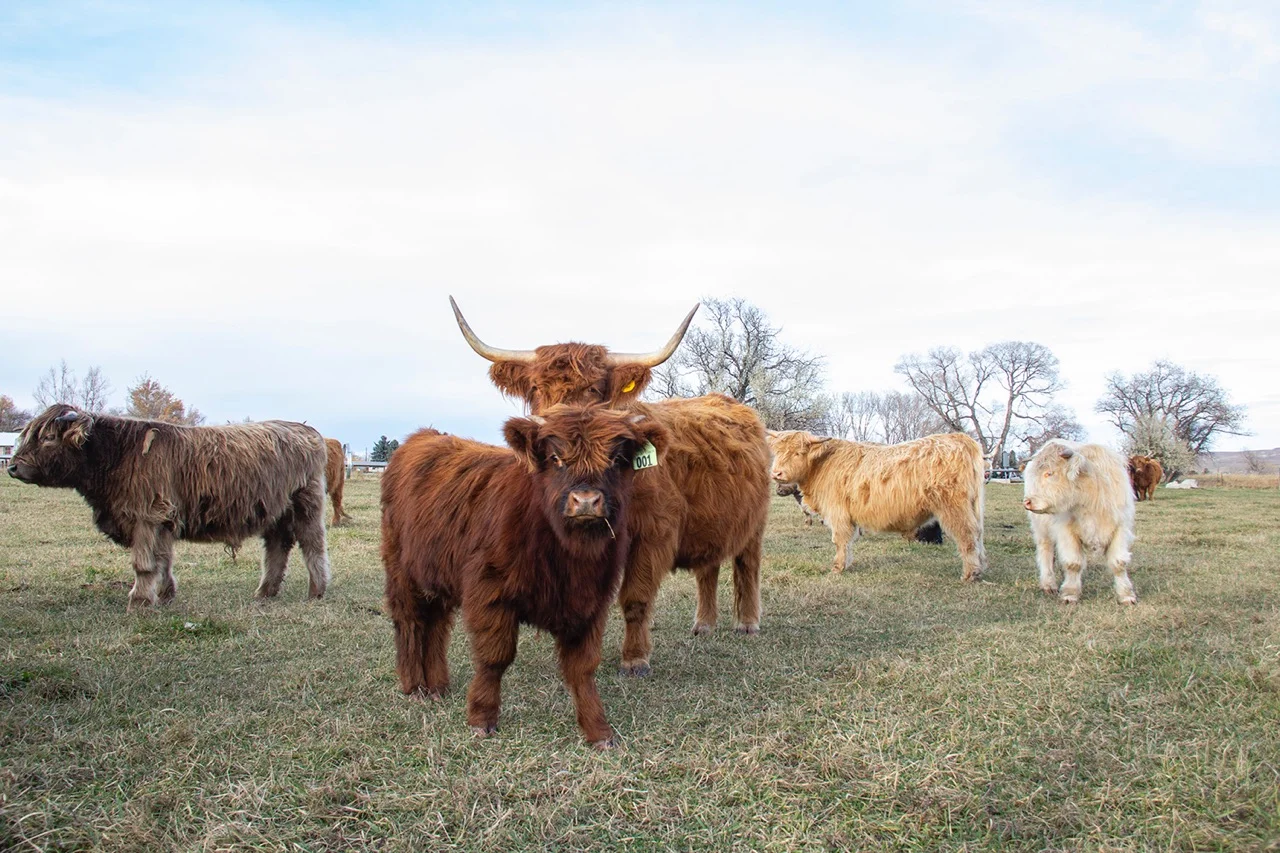Wyoming Food Freedom Act Provides Opportunity for Producers
Joe Wesnitzer in his hydroponic greenhouse in Sheridan, Wyoming.
Joe Wesnitzer was surrounded by the gentle hum of a heater while working in his greenhouse harvesting fresh lettuce in late October — a rarity in Wyoming. Outside, his herd of Scottish Highland cattle grazed the frosty ground. The sun was just beginning to set but Joe was still hard at work preparing for a farmers’ market the next day. The growing season in Wyoming is notoriously short, and “warm weather” crops like fresh greens this late in the season are scarce. Technology and a supportive, year-round city farmers’ market make it possible for Joe to produce food for his community no matter the season.
Joe Wesnitzer is the owner of Papa Joe’s Produce in Sheridan, Wyoming. Joe is a new farmer selling hydroponically grown greens at Landon’s Greenhouse Farmers Market and a few local stores in Sheridan. Joe planted his first seed in January 2017, and has already seen great success with the hydroponic method.
Hydroponics is a method of growing plants by using mineral nutrient solutions in a water solvent and temperature-controlled greenhouse.
Joe’s setup consists of 220 towers that hold six plants each. He starts his seeds a week before planting, sowing them inside the greenhouse.

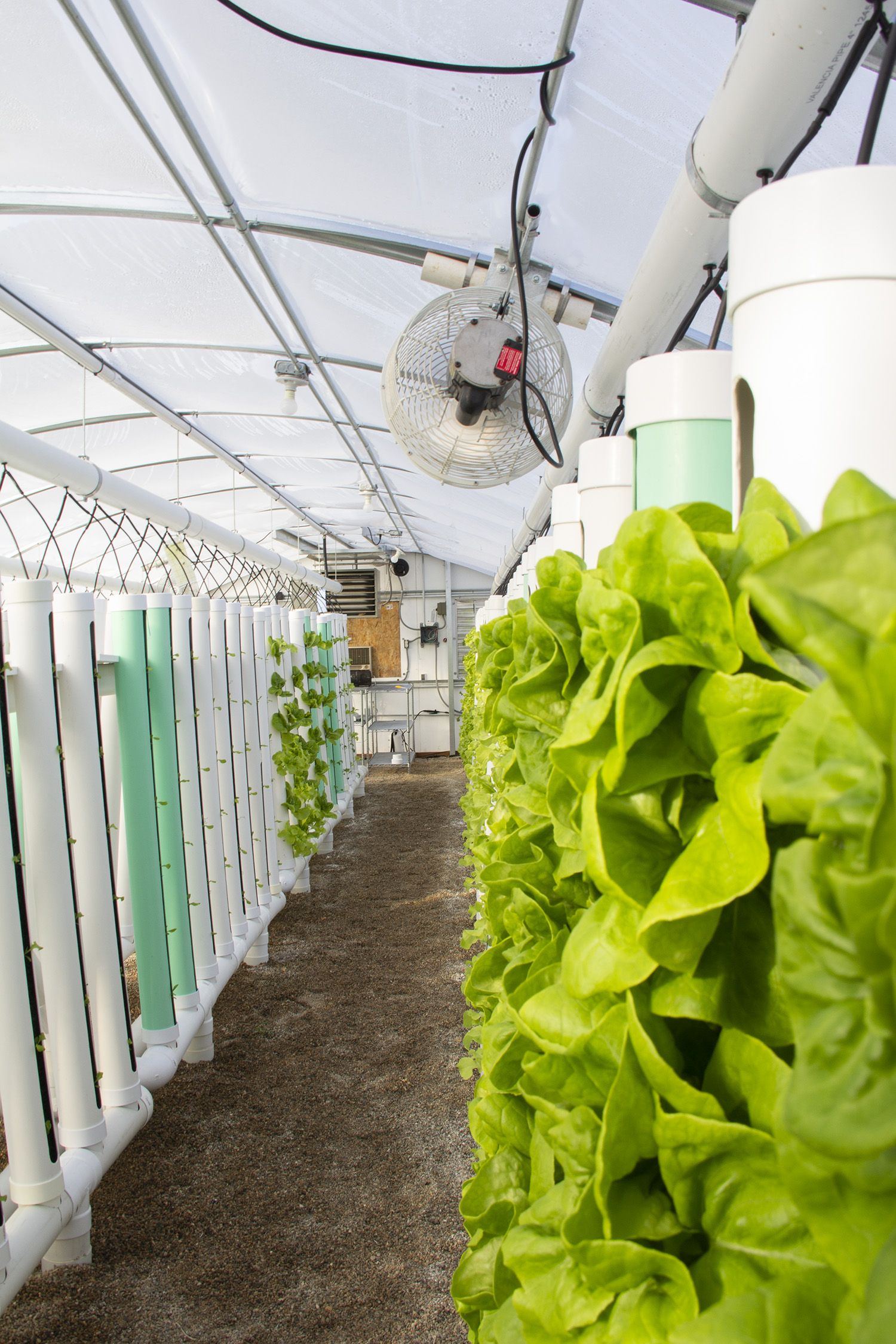
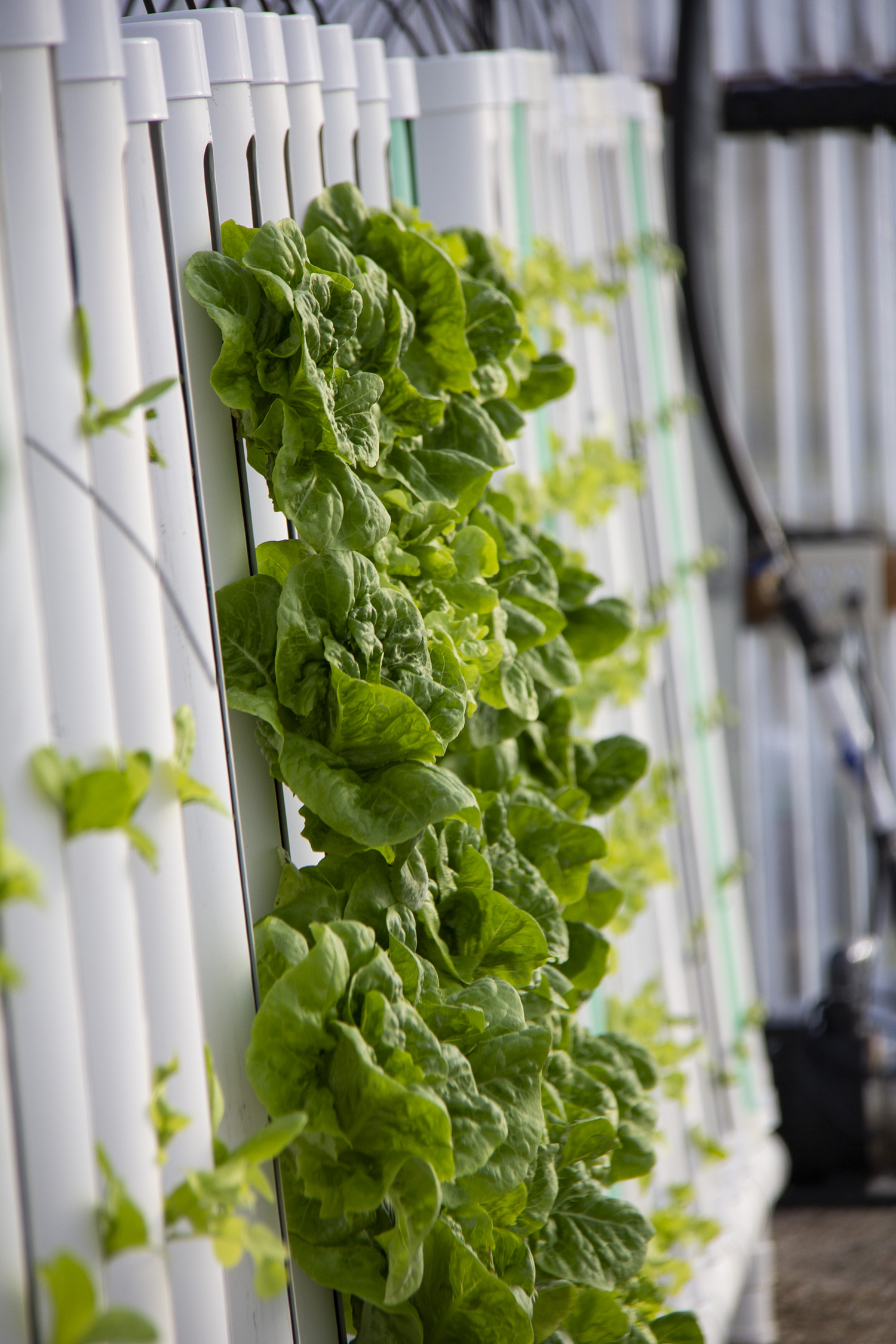
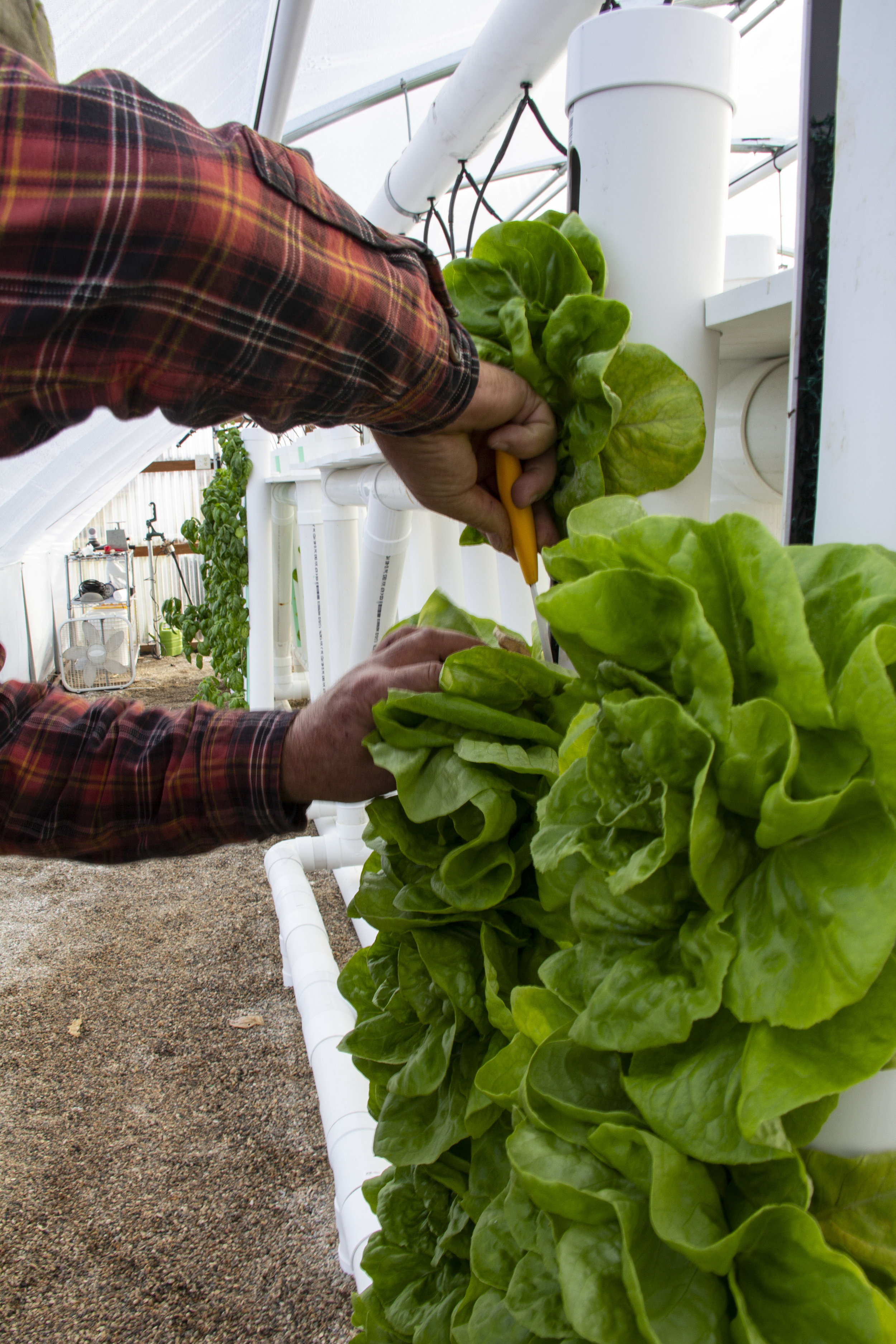
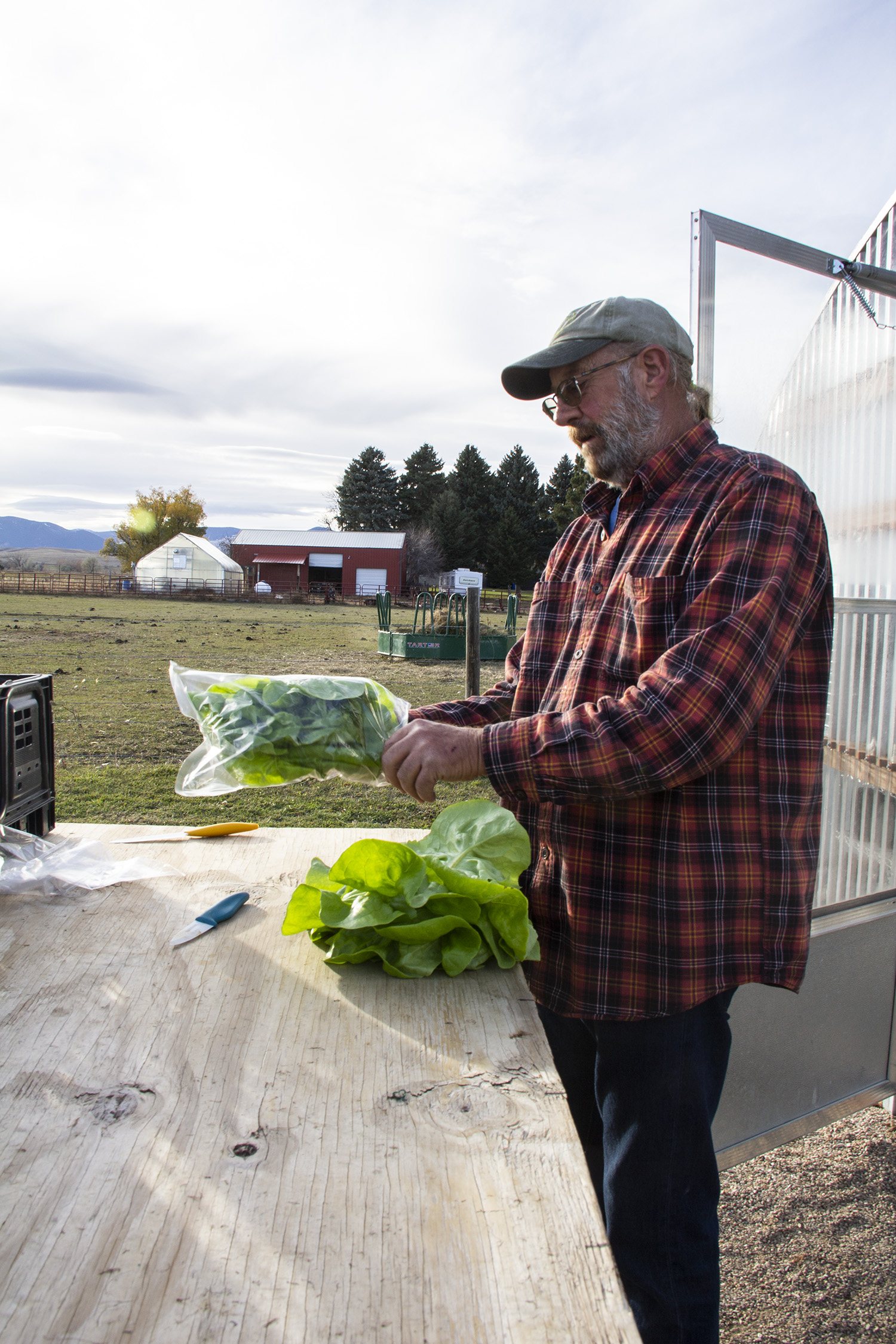

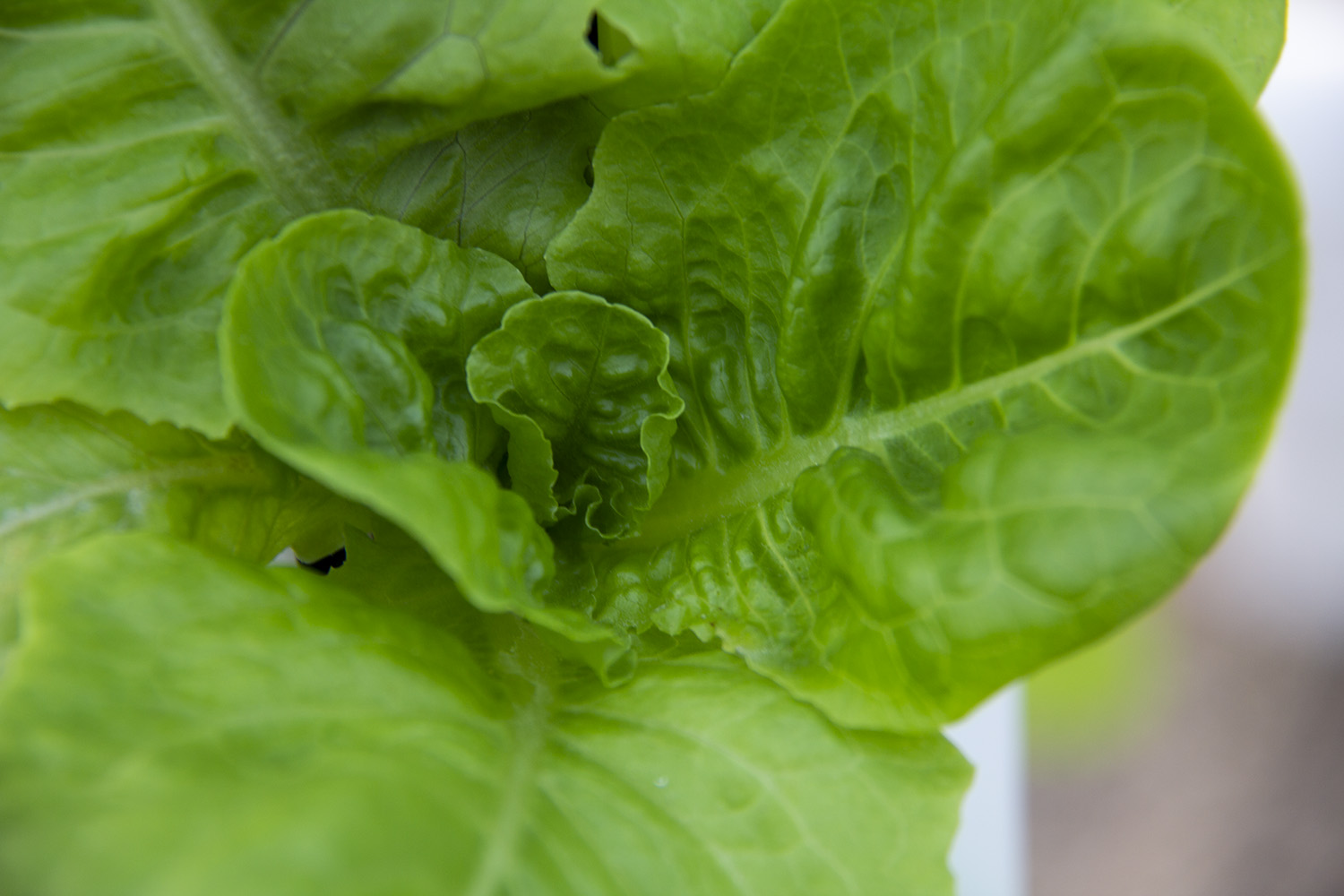
“The way I have it set up,” Joe said, “I have around 1,320 plants...it takes about five weeks from seed to harvest, and six weeks from seed to harvest in the winter.”
Joe harvests nearly 250 plants every week no matter the season. He uses one nutrient tank that recirculates the nutrients and minerals throughout all of the plants.
Hydroponic vertical farming is new to Joe. He learned about this method of growing when he was invited to help his grand-niece and her friend set up a similar system a few years ago.
“That got me interested in doing it myself,” Joe said, reflecting back. “I was in the point in my career where it was time to think of something different to do and that’s when I decided I would experiment with vertical farming.”
Hydroponics is a sustainable, effective method of growing — especially for people who live in areas with short growing seasons and harsh, cold winters.
Newly sprouting greens in Joe’s hydroponic greenhouse.
Joe remembers going to his first farmers’ market in March of 2017, shortly after starting to farm.
“It was in the middle of January when I first planted, and it was 20 degrees below zero,” Joe said. “Come March 2017, I walked into the famers’ market my first time selling and I set up a whole table of fresh lettuce and people's eyes just widened and people started coming over and saying 'oh my god, there's green stuff in here this time of year?'”
Hydroponics create the opportunity to grow produce all year round, despite frigid temperatures. Joe thinks hydroponic growing is the answer to creating new markets locally for foods that are traditionally shipped in or only available during the winter.
Inside Joe’s hydroponic greenhouse in Sheridan, Wyoming.
“It would benefit the planet greatly to have more locally sourced foods that don’t rely on trucks and ships to make it to market shelves. It also benefits the customer because it’s a lot fresher, tastes better, and the money spent goes right back into the community,” Joe said.
Like most farming operations, the most expensive part is the initial setup. Joe noted that the cost of setup could deter people who don’t have startup money or loans. Joe estimated that his greenhouse, ventilation, heater and fan cost roughly seven to eight thousand dollars. The entire piping and all of the modifications needed to water the plants cost $20,000. Additionally, farmers need access to a market to justify spending that much money on a setup. Some cities and counties don’t have year-round markets that make it easy for producers to sell their products. Joe is in a favorable position, because Sheridan has a year-round market with a steady stream of hungry customers.
Sheridan’s year-long farmers’ market and Wyoming’s updates to the Wyoming Food Freedom Act has allowed producers like Joe to make a living all year long. Many small farmers and ranchers have trouble marketing their products during “off seasons” when farmers’ markets aren’t running. With the Wyoming Food Freedom Act and the year-long farmers’ market, producers in the area have constant access to consumers.
Thanks to legislation passed in 2015 and updated in 2017, the local food movement is blossoming in Wyoming. The Wyoming Food Freedom Act enables producers to sell directly to consumers and encourages the expansion of agricultural sales by farmers’ markets, ranches, farms and home-based producers.
The Food Freedom Act lets producers market their products to customers with the disclaimer that the products are not licensed, inspected, or registered with the state. This allows producers to sell their goods as professional or semi-professional food producers instead of a hobbyist.
In his last two years, Joe has been able to turn an equal profit with his produce in winter and summer. He says the only real difference between the seasons for his production is how he heats the greenhouse in the winter and how he cools it in the summer.
One of Joe’s greatest takeaways from his experience farming has been teaching his community. Joe invites local schools to his farm to show students what it means to grow hydroponically.
“It started with inviting my granddaughter’s class and has just expanded into inviting other classes to come out and check it out,” Joe said.
Eventually, Joe wants to take some of his knowledge to Sheridan College and work with interested students and staff to build another greenhouse and do some experimenting on different types of farming systems and aquaponics.
“I’m hoping to help educate some of the community on this,” Joe said. “It’s like any farming job, it doesn’t pay very well, but you will eat very well.”
Wyoming’s new food law has enabled communities like Sheridan to fully embrace their local producers and encourage new producers like Joe set up shop.
Joe’s Scottish Highland herd grazing in Sheridan, Wyoming.



